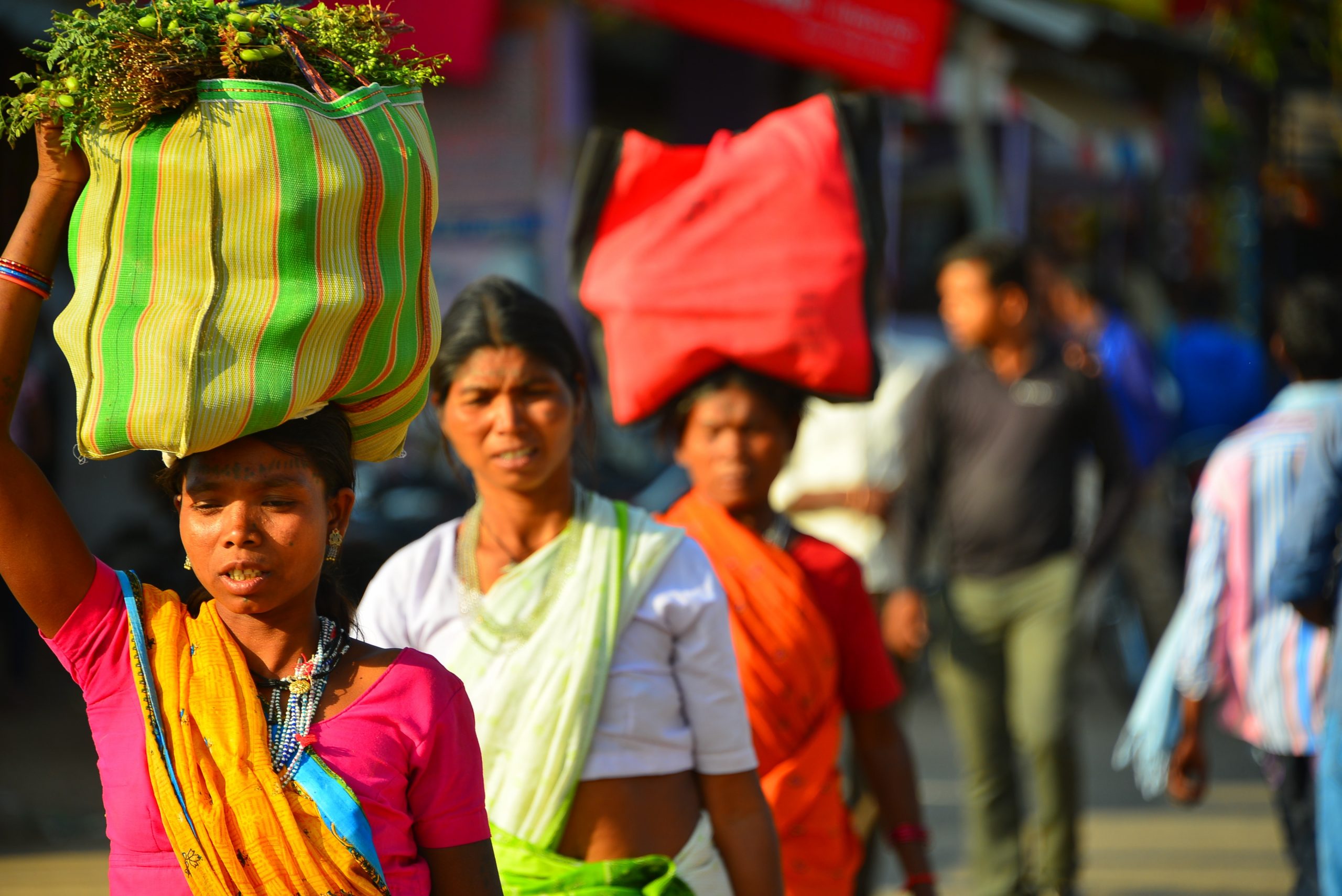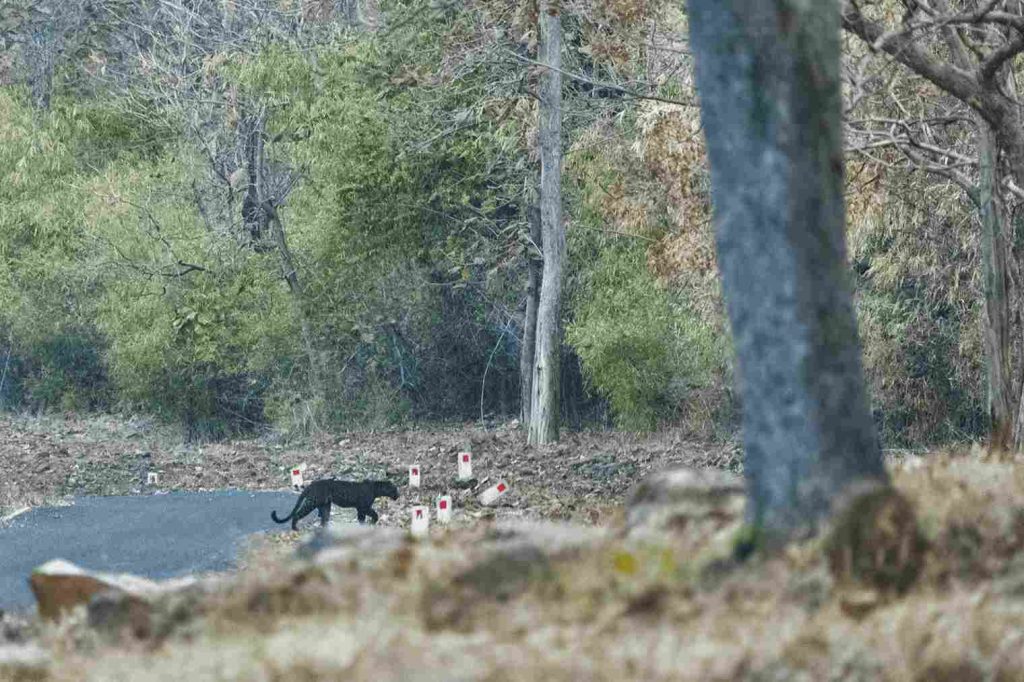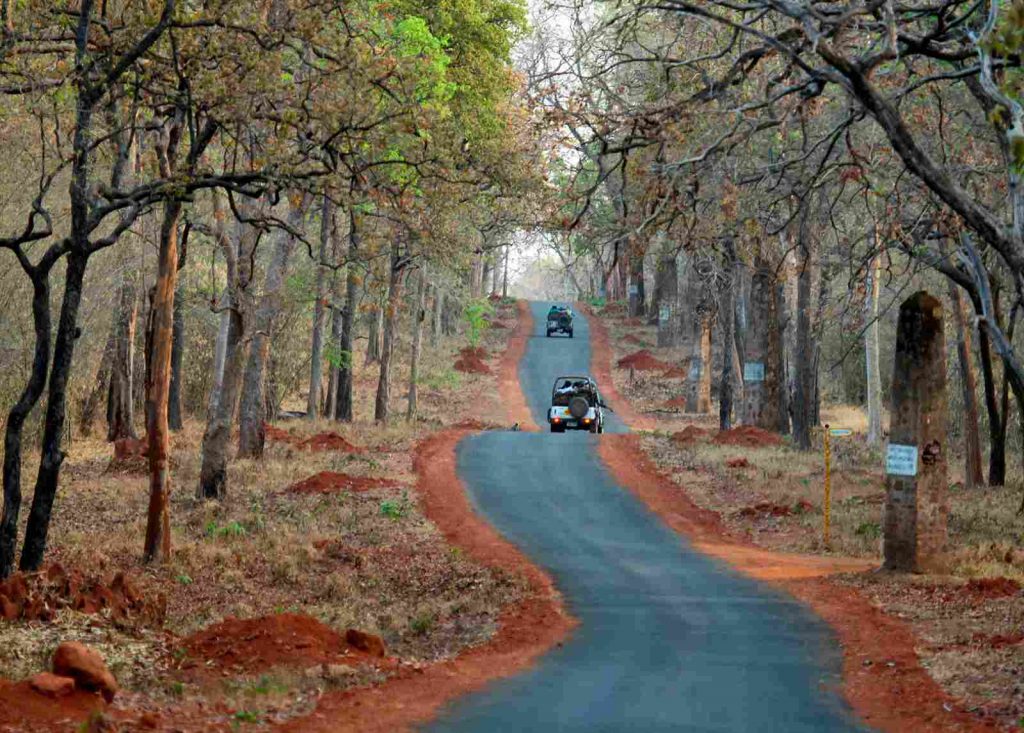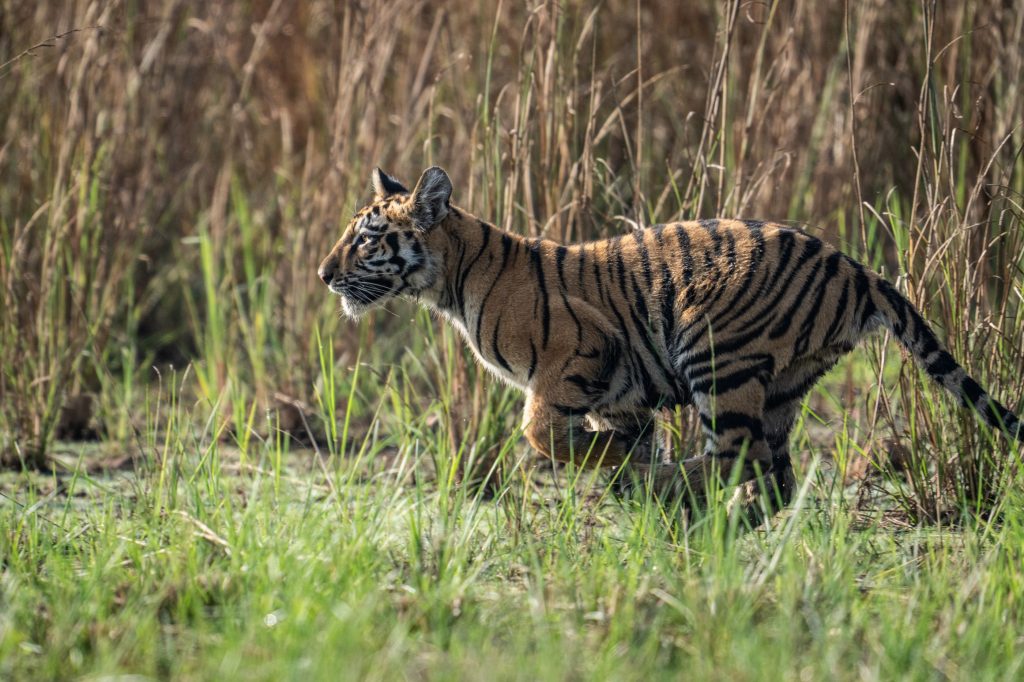A Glimpse into Maharashtra’s Rich Cultural Tapestry
Known for both its thriving wildlife and its lively tribal communities, Tadoba Andhari Tiger Reserve is tucked away in Maharashtra’s Chandrapur district. Numerous native tribes that live in close proximity to the area’s forests, rivers, and wildlife call the park home. We shall examine these tribes’ distinctive ways of coexisting with the environment as well as their traditions and rituals.
The Three Main Tribes of Tadoba
1. THE Gond Tribe
Guardians of the Forest
The Gond tribe, well-known for their enduring ties to the woodlands, is one of the major tribes in the Tadoba area. The Gonds have a rich heritage that includes songs and tales that honour the natural world and the spirits that are thought to live in every mountain, river, and tree.
HISTORY OF GONDS IN INDIA
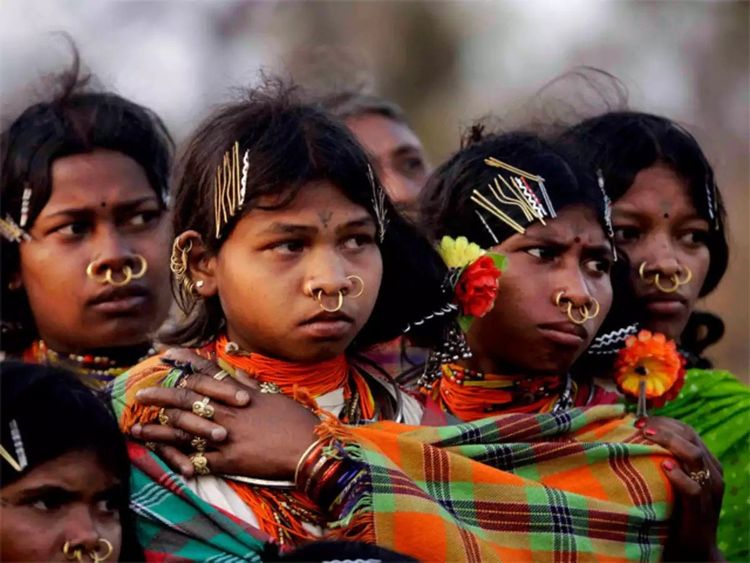
One of the biggest tribal groupings in South Asia, if not the entire world, is the Gond. The tribal peoples that inhabit the Deccan Peninsula of India are referred to as Gonds. Scholars think that Gonds settled in Gondwana, today known as eastern Madhya Pradesh, between the ninth and twelfth centuries AD. Most refer to themselves as Gonds (hill people), Koi, or Koitur.
After the fourteenth century, Gond states began to rise, according to sources such as Ibn Battuta’s Travelogues, Ziauddin Barani’s Tarikh-i-Firuz Shahi” and Abul Fazl’s “Ain-i-Akbari” and “Akbarnama. The Gond dynasties ruled over four central Indian kingdoms (Garha-Mandla, Deogarh, Chanda, and Kherla) from the sixteenth to the middle of the eighteenth century. In the 1740s, Maratha supremacy spread into Gond territory. The majority of the Gond rajas’ (princes’) realm was taken over by them. Up until recently, a few Gond zamindaris (estates) endured.
RELIGION OF GONDS IN INDIA
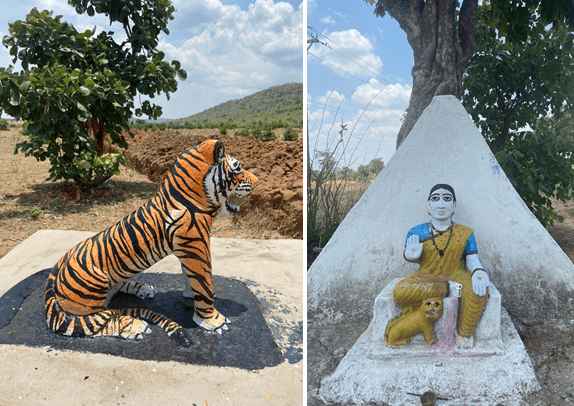
As with many other tribes, the Gonds worship Baradeo, also called Bhagavan, Sri Shambu Mahadeo, and Pharsa Pen, who is a higher god. Baradeo is in charge of lesser gods’ operations. Every village has a Village Mother and Village Guardian who are revered during regular celebrations. In addition, Gonds honour cow gods, field gods, and gods of the family and home.
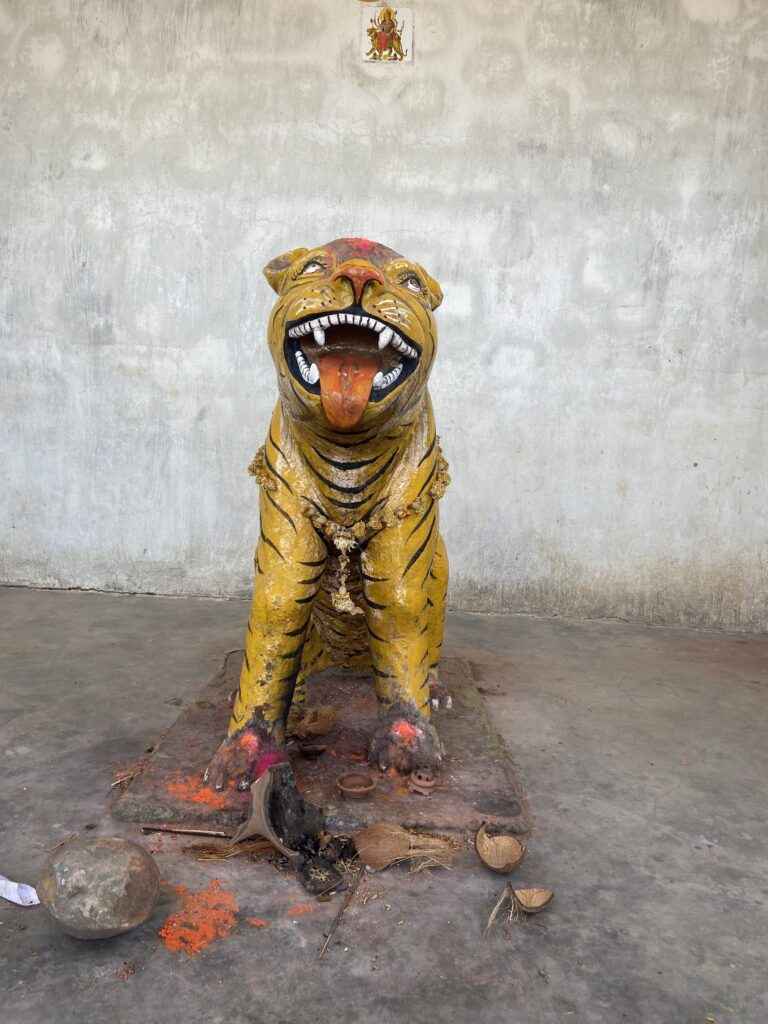
Gond Rituals & Ceremonies
Gods that help prevent disease include Shitala Mata, the goddess of smallpox. It’s also said that hills, rivers, lakes, and trees are home to spirits. There is sacrifice involved in most parts of Gond life, from the biggest festivals to the construction of a new livestock stable. Shamans enter a state of trance and give voice to the demands of a dissatisfied god or spirit, whereas magicians utilise specific formulas to govern the acts of a deity or spirit that is inflicting a certain disease.
What is Laru Kaj?
The Laru Kaj, or “Pig’s Wedding,” is a significant rite in which Gonds sacrifice a pig to the god Narayan Deo. Offerings of fruits, coconuts, flowers, coloured powder, and strings are also a part of other rituals. Gonds believe that the majority of illnesses and disasters are caused by bad spirits and the wrath of the gods.
CULTURAL HERITAGE OF GONDS IN INDIA
The majority of festival occasions are marked by song and dance among the Gonds. Certain dances, like those performed by the Dandari dancers, recount stories from Gond mythology.
Legends, mythology, and history are preserved by the professional musician caste known as Dhulia, and they are passed down from generation to generation by bards known as Pardhans.
On full moon nights, gonds also like getting together to sing and dance. A popular pastime is cockfighting, and both sexes take pleasure in donning bulky silver jewellery. Additionally, women enjoy donning marriage necklaces composed of tiny black beads and colourful glass bangles.
WHAT IS GOND ART?
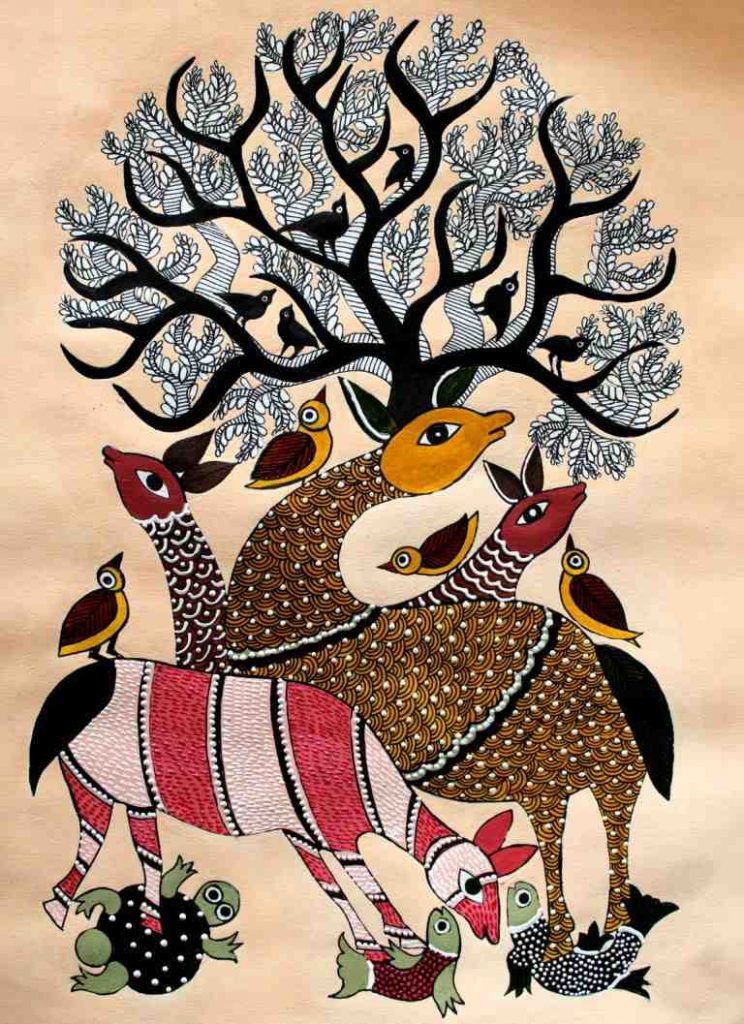
Gond art is distinguished by its brilliant colours, elaborate patterns, and unusual motifs. The paintings frequently show aspects of nature, animals, birds, and legendary themes, representing the Gond tribe’s deep contact with their natural environment. The use of dots and lines to create complicated and visually pleasing compositions distinguishes the art.
Symbolism and Meaning of Gond Art
Many of the themes and designs of Gond’s art are related to symbolic connotations. Animals such as tigers and birds, for example, may represent components of nature, whilst geometric patterns may reflect cosmic elements or spiritual ideas. Gond art is profoundly embedded in the Gond tribe’s culture and spiritual values. It is frequently utilised in rituals, rites, and storytelling to pass on traditions and folklore from one generation to the next. Gond art has progressed from a traditional form of tribal expression to being recognised as a distinct type of contemporary art over the years.
Gond painters have adapted ancient techniques to produce contemporary artworks that are sought after by art collectors and fans both in India and throughout the world.
2. The Warli Tribe
Artists of Life
HISTORY OF THE WARLI TRIBE
Based on historical evidence, historians assert that the origins of the Warli tradition date back to the Neolithic era, which spanned from 2,500—3,000 BC.
The Warli tribe lives along the base of the Sahyadri mountain ranges, which are spread over northern Mumbai and include the villages of Javhar, Dahanu, Talasari, Mokhada, Wada, and Palghar. They construct square bamboo homes coated with mud and cow dung, and the mud walls are painted during religious functions and marriage ceremonies.
WHAT IS WORLI ART?
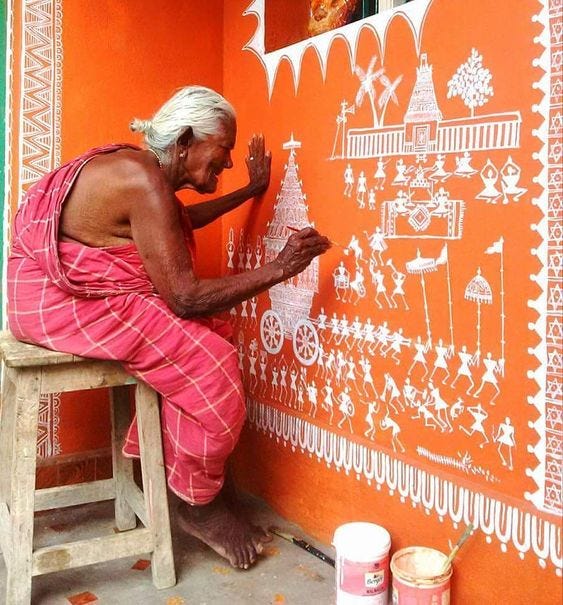
Warli tribe values folk art and also worships gods, goddesses, and ritual culture. They use painting to reflect their traditional way of life, as well as their customs and traditions,the majority of these artworks are created by women, the the walls are built of a mixture of branches, dirt, and cow dung, creating a red ochre background for the wall murals for their paintings.
The warli solely utilise white, their white pigment is a combination of rice paste and water, with gum acting as a binder. After becoming popular, this art has expanded beyond the mud walls coated with cow dung to include numerous mediums of painting such as canvas and paper, as well as a status in house decorating.
WHAT DO THE WARLI TRIBE EAT?
The Warli do not eat vegetables. They consume deer, goat, wild rabbit, fowls, pigeons, and peacocks, but fish is their favourite non-vegetarian cuisine.
Dry fish is combined with dal (pulse) or vegetables before being served with rotlas (thick breads made from nagli, wheat, jowar, or rice).
Nagli and rice are staple foods. Chutney is served with rice. Their diet includes urad (green gramme), tur (pigon pea), and gramme pulses. Breakfast is rice gruel, which is consumed in the morning.
During the winter, vora wild roots are consumed in addition to tubers, spinach, and a variety of leafy vegetables. Palm olein and groundnut oils are used in the preparation of meals by the Warli.
They make liquor from mahua and molasses for their personal enjoyment and to sell to others. Seasonal fruits obtained from the forest are occasionally consumed.
Due to the scarcity of milk, the use of milk in tea preparation is severely limited.
They store asitra (timroo) leaves in their pockets for making bidi and roll them when they want to smoke. They make fire using a chakmak stone, iron, and cotton.
RELIGION
Religion is, in fact, one of the major formative forces that shapes and is evident in the Warli paintings, Warlis are worshippers of nature. An awe of life in all its forms leads the Warlis to revere almost everything – animate or inanimate.
The Warli religion & manifestation: How are they connected?
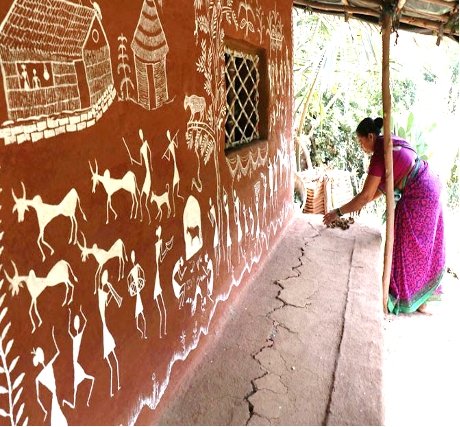
Being always conscious of the phenomenon of death, they look upon even the humblest manifestation of life with great wonder, the multiplicity of life in all its varied manifestations is respected by the Warlis. Their paintings beautifully portray this as they show their ancestral god riding a humble horse.The elemental nature gods and goddesses are the primary gods of the Warlis because they must actively battle nature in their daily lives.
The Warli pantheon is composed of the Sun, Moon, Thunder, Lightning, Great Wind, Rain, and many other deities. Since all life is intertwined and human activities have an impact on the cosmic system and vice versa, they portray the gods jokingly interacting with human.
SOCIAL STRUCTURE
The Warlis have a unique way of life, characterized by their close-knit communities and strong sense of collective identity. They celebrate their festivals and rituals with great fervor, often accompanied by traditional music and dance. Their art and culture have not only preserved their heritage but also provided them with a means of economic sustenance through tourism and art markets.
3. THE BHIL Tribe
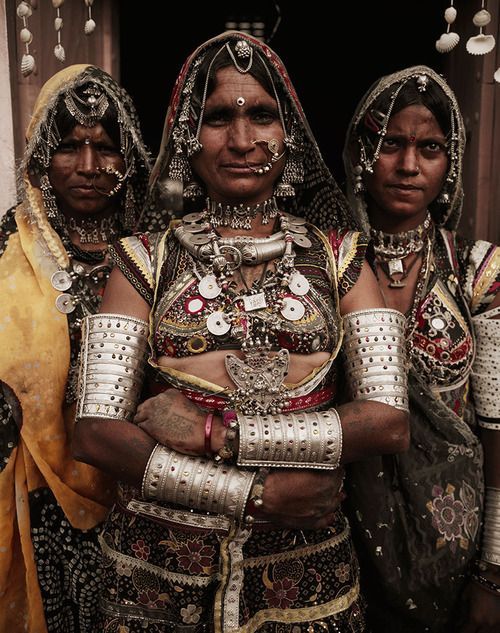
One of the biggest tribes in India is the Bhil tribe, which is mainly concentrated in the states of Maharashtra, Gujarat, Madhya Pradesh, and Rajasthan. Their cultural heritage is vast and varied, with many distinct traditions, rituals, and beliefs.
Said to have migrated thousands of years ago from Central Asia or the Caucasus region to the Indian subcontinent are various historical narratives and oral traditions about the Bhil people.
HISTORY OF THE BHIL TRIBE IN INDIA
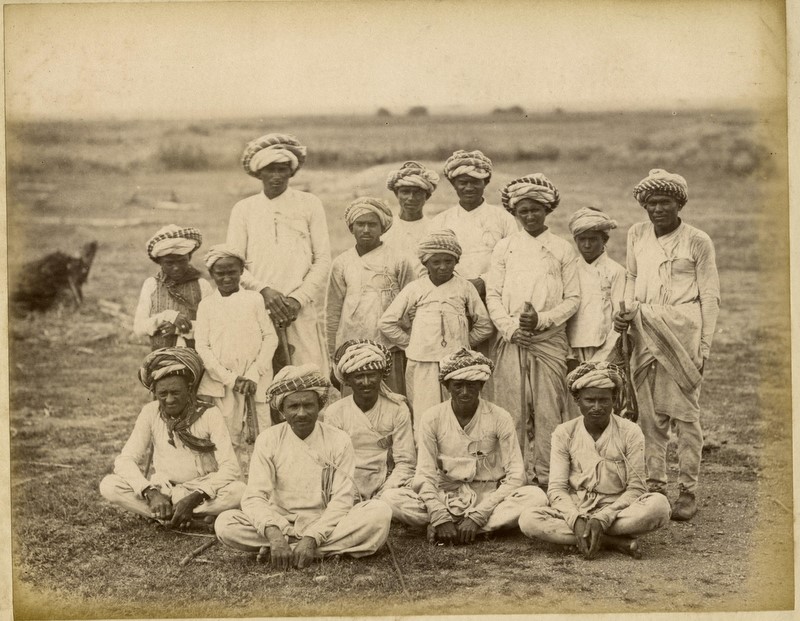
According to some academics, the name “Bhil” originates in Sanskrit. The word “Bhil” is thought to have originated from the Sanskrit word “Bhilla.” The word “Bhilla” is believed to have originated from the word “bow,” and it is hypothesized that the Bhil tribe was well-known for their proficiency with bows and arrows when hunting.
LANGUAGES SPOKEN BY BHILS
Bhili is a multilingual language that has multiple dialects, each of which is connected to particular locations or Bhil subgroups. The following are a some of the main Bhili dialects:
- Bareli: Spoken in few regions of Gujarat and Rajasthan.
- Dungri Bhil: Varieties of Gujarati spoken.
- Rathawi: The language of Rajasthan.
- Bhagoria: The Madhya Pradeshi language.
- Pawri: The language of Maharashtra.
Though Bhili also frequently uses the Devanagari script for written communication, the language also has its own script that is occasionally employed for writing.
BHIL ART & CULTURE
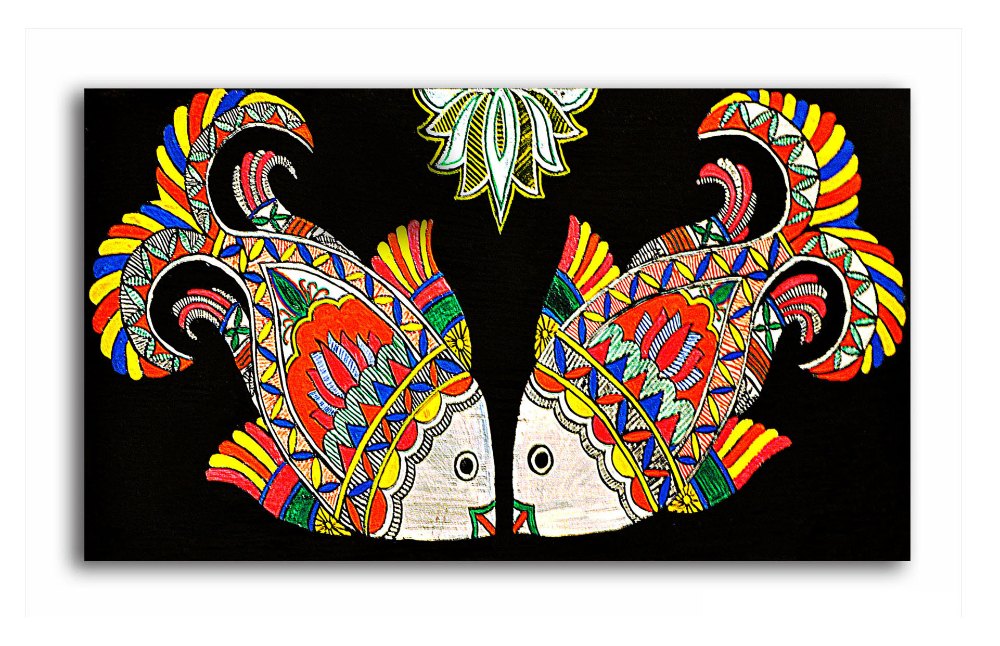
The Bhil tribe is renowned for having strong artistic traditions that include a wide range of crafts and artwork that have their roots in their cultural history. Among the prominent crafts and arts that the Bhil tribe engages in are:
1. Paintings
Bhil paintings are known for their vivid colours and distinctive style. Traditionally, Bhil paintings depict scenes from nature, tribal life, and mythology. Bhil artists use bold lines and geometric patterns to create visually striking compositions.
2. Pottery
Another traditional craft practiced by the Bhil tribe is pottery-making. Bhil potters are skilled in creating earthenware vessels using traditional techniques passed down through generations.
3. Embroidery and Textiles
Bhil women are well-known for their proficiency in embroidery and textile crafts. They create intricate designs using colourful threads, beads, and mirrors to adorn clothing, accessories, and household items.
4. Religion and Beliefs
The Bhil tribe has long practiced animistic beliefs, worshiping a pantheon of deities connected to the natural world, ghosts, and ancestors. The natural world, including trees, rivers, and animals, is highly revered by them and is frequently incorporated into their religious rites and customs. As a result of their contacts with missionaries and other cultures, some Bhil people have also converted to other religions like Christianity over time.
5. Festivals & Celebrations
The festivals observed by the Bhil tribe are connected to the seasons, agricultural cycles, and religious beliefs. Bhagoria is a vibrant and energetic event that heralds the arrival of spring and is one of the most well-known celebrations among the Bhil community. Young men and women select their mates and elope with their families’ approval during Bhagoria.
Overall, the culture of the Bhil tribe is characterized by its rich artistic traditions, close ties to nature, and a strong sense of community identity rooted in their unique customs and beliefs.
Challenges and Conservation Efforts
Despite their rich cultural heritage, the tribal communities of Tadoba face numerous challenges, including displacement due to conservation projects, lack of access to education and healthcare, and dwindling natural resources.
However, various conservation organizations and government initiatives are working to address these challenges by promoting sustainable livelihoods, providing healthcare and education facilities, and involving the tribal communities in conservation efforts.
Conclusion
The tribal communities of Tadoba National Park in Maharashtra are an integral part of the region’s cultural and ecological landscape. Their traditional knowledge, art, and sustainable practices not only enrich the cultural tapestry of Maharashtra but also offer valuable insights into living in harmony with nature. As we strive to conserve our natural heritage, it is crucial to recognize and respect the contributions of these tribes and work towards empowering them for a sustainable future.
Written by Shaheen Shaikh, Naturalist at Pugdundee Safaris

